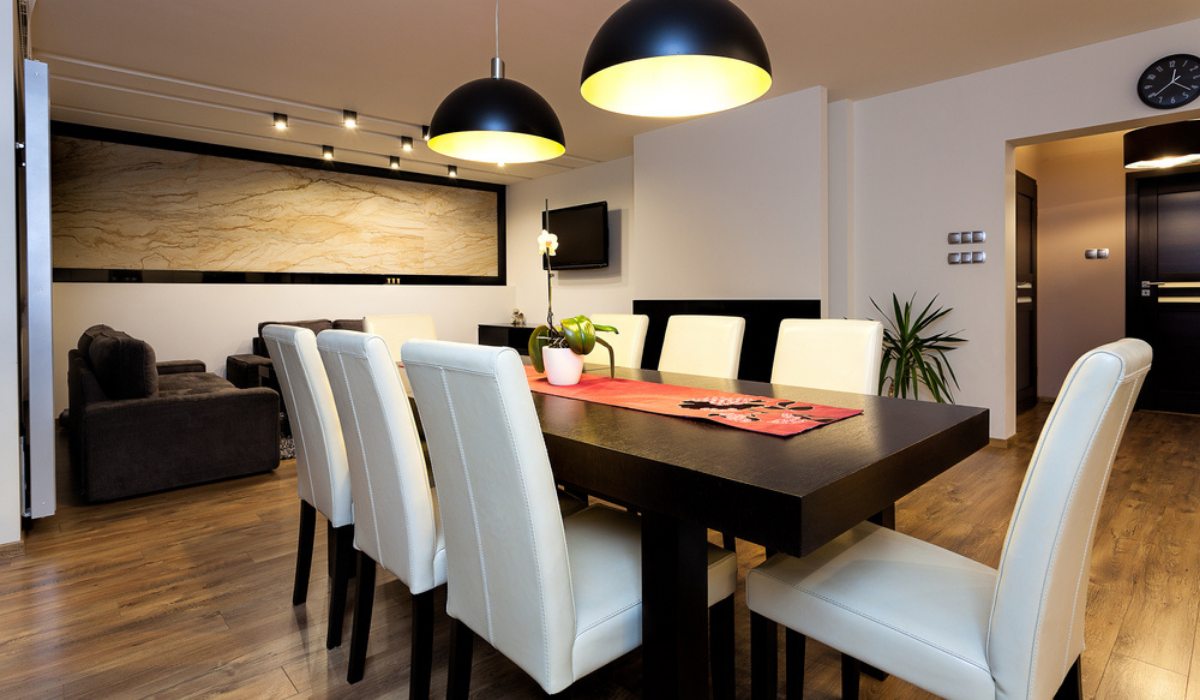

Tableware
How To Light A Dining Room
Modified: December 7, 2023
Learn how to properly light your dining room to enhance the ambiance and showcase your beautiful tableware. Find expert tips and ideas for lighting fixtures and placement to create the perfect atmosphere.
(Many of the links in this article redirect to a specific reviewed product. Your purchase of these products through affiliate links helps to generate commission for Storables.com, at no extra cost. Learn more)
Introduction
Welcome to our comprehensive guide on how to light a dining room! The dining room is a space where families and friends gather to share meals and create lasting memories. Lighting plays a crucial role in setting the mood and enhancing the overall ambiance of this special room. In this article, we will explore various factors to consider when lighting your dining room, including assessing the space, determining lighting needs, choosing the right fixtures, placement of overhead lighting, selecting task lighting, exploring accent lighting options, and installing dimmer switches.
Whether you have a formal dining room for elegant dinner parties or a casual dining area for everyday meals, proper lighting can transform the space and make it more inviting and functional. The right lighting not only illuminates the room but also highlights architectural features, showcases your tableware, and creates a warm and welcoming atmosphere. With a few key considerations, you can create the perfect lighting scheme that suits your personal style and enhances your dining experience.
As we delve into this guide, keep in mind that lighting a dining room is a combination of functionality and aesthetics. While it’s important to provide adequate illumination for meals and activities, you also want to create a visually pleasing environment that complements your décor and adds a touch of elegance to the room. So, let’s get started and discover how to light your dining room in the most effective and stylish way!
Key Takeaways:
- Proper lighting in a dining room is essential for creating a warm and inviting atmosphere, highlighting architectural features, and enhancing the overall dining experience. Consider the space, lighting needs, fixture selection, and dimmer switches for optimal results.
- Strategic placement of overhead lighting, selection of task lighting, and incorporation of accent lighting options can elevate the functionality and aesthetic appeal of a dining room. Installing dimmer switches provides flexibility in creating different moods and atmospheres for various occasions.
Read more: How To Change Dining Room Light
Assessing the Space
Before diving into the lighting design for your dining room, it’s crucial to assess the space and understand its unique characteristics. Taking into consideration the size and layout of the room will help you determine the appropriate lighting fixtures and placement.
Begin by measuring the dimensions of your dining room. Note the length, width, and height of the space. This information will help you choose the right size of lighting fixtures later on. Additionally, consider the overall style and design of the room. Are you going for a contemporary look or a more traditional feel? Understanding the overall theme of your dining room will assist you in selecting lighting fixtures that seamlessly blend with the existing decor.
Next, evaluate the natural lighting in the room. Does your dining area receive plenty of natural light during the day, or is it on the darker side? Consider the location and size of windows, as well as the direction they face. This will help you determine if you need to prioritize natural light or rely more heavily on artificial lighting sources.
Take note of any architectural features or focal points in the room. Are there elegant crown moldings, decorative ceilings, or a stunning chandelier that you want to highlight? By identifying these elements, you can plan your lighting strategy accordingly. Additionally, consider the placement of your dining table and any accompanying furniture pieces. This will determine the need for task lighting and accent lighting to create a functional space.
Finally, think about the desired atmosphere or mood you want to create in your dining room. Do you want it to be bright and lively or more intimate and cozy? This will guide your decision-making process when selecting the type of lighting fixtures and the level of brightness you want to achieve.
By assessing the space and considering these various factors, you will have a solid foundation to begin designing the perfect lighting scheme for your dining room. So, take your time, observe the space, and let’s move on to the next step: determining your lighting needs!
Determining the Lighting Needs
Once you have assessed the space, the next step in lighting your dining room is to determine your specific lighting needs. This involves considering the different functions and activities that take place in the room and how lighting can support them.
The primary function of a dining room is, of course, dining. It’s important to have adequate lighting over the dining table to ensure that meals are well-lit and enjoyable. A general guideline is to provide 30-40 lumens of light per square foot of the dining area. This can be achieved through a combination of ambient lighting and task lighting.
Ambient lighting refers to the overall illumination in the room and sets the base level of brightness. This can be achieved through the use of chandeliers, pendant lights, or recessed lighting fixtures placed strategically in the center of the room. Consider the size of your dining table when selecting the appropriate size and number of fixtures. You want the light to be evenly distributed and not overshadow or underlight any portion of the table.
Task lighting is crucial for activities such as reading, writing, or working at the dining table. This can be achieved through the use of adjustable table lamps or wall-mounted sconces. Task lighting should be positioned to reduce shadows and provide focused light for specific tasks.
In addition to dining, it’s important to consider other activities that take place in the dining room. Do you use the space for entertaining guests, hosting game nights, or even as a home office? If so, you may need additional lighting options to accommodate these activities. For example, accent lighting can be used to highlight artwork on the walls or showcase a collection of prized tableware.
Furthermore, consider the dimming capabilities of your lighting fixtures. Installing dimmer switches allows you to adjust the level of brightness according to the occasion and desired ambiance. Dimming the lights during intimate dinners or increasing the brightness for lively gatherings can greatly enhance the versatility and functionality of your dining room.
Ultimately, determining your lighting needs involves understanding the primary function of the room, considering additional activities, and ensuring that the lighting scheme can be adjusted to create the desired atmosphere. By carefully assessing your needs, you can proceed to the next step of selecting the right lighting fixtures for your dining room.
Choosing the Right Fixtures
Now that you have determined your lighting needs, it’s time to select the right fixtures that will bring your dining room to life. The choice of fixtures will not only impact the overall aesthetics but also the functionality and ambiance of the space.
When it comes to the primary lighting fixture, such as a chandelier or pendant light, consider the size, style, and material that best suits your dining room. The fixture should be proportionate to the size of the table and the room. A good guideline is to choose a fixture that is approximately one-third to two-thirds the width of your dining table. This ensures that the light is evenly distributed and complements the scale of the space.
As for the style of the fixture, consider the overall theme of your dining room. If you have a contemporary or modern design, opt for sleek and minimalist fixtures. For a traditional or rustic look, consider chandeliers with decorative elements such as crystals or metal accents. The material of the fixture, whether it be glass, metal, or fabric, should also align with the style and decor of the room.
In addition to the primary fixture, task lighting is essential for specific activities at the dining table. Adjustable table lamps or wall-mounted sconces can provide focused light and enhance the functionality of the space. Choose fixtures that offer flexibility in terms of adjustability and direction of light. This allows you to customize the illumination for various tasks.
Accent lighting is another element to consider for creating a layered and visually appealing dining room. This can be achieved through the use of wall washers, picture lights, or adjustable track lighting. Accent lighting highlights specific features such as artwork, wall textures, or architectural details. It adds depth and visual interest to the room.
When choosing fixtures, remember to consider the light bulbs or lamps that are compatible with them. LED bulbs are energy-efficient and provide long-lasting illumination. They are available in various color temperatures, allowing you to customize the ambiance of your dining room. Dimmable bulbs are also recommended so that you have the flexibility to adjust the brightness according to different occasions.
Lastly, don’t forget about the importance of proper installation of the fixtures. Hiring a professional electrician ensures that the fixtures are securely and safely attached, and the wiring is correctly installed.
By carefully choosing the right fixtures, you can enhance both the functionality and aesthetic appeal of your dining room. Now that you have selected the fixtures, let’s move on to the next step: properly placing the overhead lighting to achieve the desired effect.
Placement of Overhead Lighting
The placement of overhead lighting is crucial in creating a well-lit and visually appealing dining room. Proper positioning and spacing of fixtures ensure that the light is evenly distributed and illuminates the dining table and surrounding area effectively.
When it comes to chandeliers or pendant lights, a general rule of thumb is to hang them about 30-36 inches above the dining table. This provides enough clearance for individuals to sit comfortably and have a clear view across the table. However, the exact height may vary depending on the size of the fixture and the height of the ceiling. Ensure that the fixture is not too low, blocking the view or interfering with people’s line of sight.
In terms of the distance between fixtures, it should be determined by the shape and size of the dining table. For rectangular or oval tables, consider placing multiple fixtures evenly spaced along the length of the table. The spacing between each fixture should be approximately one-third to one-half the width of the table.
For round or square tables, a single fixture positioned in the center is often sufficient. However, for larger tables, you may choose to install multiple smaller fixtures instead of a single large one to create a visually balanced look.
It’s important to ensure that the placement of the fixtures provides adequate lighting without any dark spots on the table. Consider the spread of light and the beam angle of the fixtures to achieve optimal coverage. If necessary, use adjustable downlights or directional heads that allow you to focus the light precisely where needed.
Keep in mind the size and height of the ceiling when selecting the size of the fixtures. A higher ceiling can accommodate larger fixtures, while a lower ceiling may require smaller or more compact options. This ensures that the fixtures are proportionate to the space and maintain an aesthetically pleasing balance.
During the installation process, it’s essential to consult a professional electrician to ensure that the fixtures are securely mounted and the wiring is properly connected. They can also help with adjusting the height and positioning of the fixtures if necessary.
By strategically placing overhead lighting, you can create a well-illuminated dining area that not only enhances the visibility at the table but also adds a touch of style and sophistication to your dining room. Now that the overhead lighting is in place, let’s move on to selecting task lighting for added functionality.
Consider using a combination of ambient, task, and accent lighting to create a warm and inviting atmosphere in your dining room. This can be achieved with a chandelier or pendant light, wall sconces, and table lamps.
Read more: How To Change Dining Room Light
Selecting Task Lighting
Task lighting is an essential component of a well-designed dining room, as it provides focused illumination for specific activities such as reading, writing, or working at the dining table. Selecting the right task lighting fixtures will ensure that these activities can be carried out comfortably and efficiently.
When choosing task lighting, consider the style and functionality of the fixtures. Table lamps are a popular choice as they can be easily adjusted and positioned to provide direct light where needed. Look for lamps with adjustable heads or arms that allow you to direct the light precisely onto your workspace. Consider the size and scale of the lamp in relation to your dining table and choose a style that complements the overall decor of the room.
An alternative to table lamps is wall-mounted sconces. These fixtures can be installed on the wall near the dining table, providing focused light without taking up valuable table space. Sconces come in various styles and finishes, allowing you to find an option that matches your dining room’s aesthetic. Make sure to choose sconces with adjustable heads or arms for flexibility in directing the light.
In addition to table lamps and wall sconces, consider under-cabinet lighting if you have built-in cabinets or shelves in your dining room. This type of lighting is perfect for illuminating a buffet area or showcasing decorative items. Under-cabinet lighting is available in both plug-in and hardwired options, depending on your preference and electrical setup.
One important factor to consider when selecting task lighting is the color temperature of the light bulbs. Opt for bulbs with a color temperature around 2700-3000 Kelvin, as this provides a warm and inviting glow that is conducive to relaxation and enjoyment. Additionally, consider using dimmable bulbs or fixtures so that you can adjust the brightness level to suit different activities and moods.
Task lighting should be positioned to reduce shadows and eliminate glare. Experiment with the placement of the fixtures to ensure that they provide ample illumination without causing any discomfort or visual obstructions. If necessary, consult a professional electrician for assistance with the installation and positioning of the task lighting fixtures.
By selecting the right task lighting fixtures, you can enhance the functionality of your dining room, making it conducive to a variety of activities. Whether it’s reading a book or working on a laptop, the task lighting will provide the necessary focused light. With the task lighting in place, let’s move on to exploring accent lighting options to add a touch of elegance to your dining room.
Accent Lighting Options
Accent lighting is a wonderful addition to your dining room, as it adds depth, visual interest, and a touch of elegance to the space. By highlighting specific features or creating focal points, accent lighting enhances the overall aesthetic appeal and creates a more dynamic atmosphere.
One popular option for accent lighting is wall washers. These fixtures are installed on the walls and emit a soft, diffused light that spreads across the surface, highlighting textures and architectural details. Wall washers are especially effective in dining rooms with textured or statement walls, as they add depth and create a visually appealing backdrop for the dining area.
Another option for accent lighting is picture lights. These fixtures are typically mounted above artwork or photographs, illuminating them and drawing attention to the artwork’s beauty and details. Picture lights come in various styles and sizes, allowing you to find the perfect match for your dining room’s decor. Make sure to choose fixtures with adjustable heads, so you can direct the light precisely onto the artwork, without causing any glare or shadows.
Adjustable track lighting is also an excellent choice for accent lighting. With track lighting, you can easily position the fixtures along a track and adjust their direction to highlight specific areas or objects in your dining room. Use track lighting to showcase a collection of prized tableware on a display shelf or draw attention to a feature wall.
For a more dramatic and elegant effect, consider installing recessed lighting with adjustable trim. These fixtures are installed into the ceiling and can be tilted or rotated to direct the light where desired. Recessed lighting is particularly effective for highlighting a centerpiece on the dining table or creating a soft wash of light on a feature wall. Keep in mind that the spacing and layout of recessed lights should be planned carefully to ensure even distribution and avoid any dark spots.
If you have a glass-fronted cabinet or hutch in your dining room, consider adding interior cabinet lighting. These lights can be installed inside the cabinet to highlight your fine china, glassware, or decorative items. Interior cabinet lighting creates a beautiful and inviting display, giving your dining room a touch of sophistication.
When selecting accent lighting fixtures, pay attention to the color temperature and intensity of the light. Choose bulbs that complement the overall lighting scheme of your dining room, and ensure that the accent lighting creates a balanced and harmonious ambiance.
By incorporating accent lighting options, you can elevate the visual appeal of your dining room, showcase important features, and create a focal point for guests to admire. With the accent lighting in place, let’s move on to discussing the installation of dimmer switches to enhance the versatility of your lighting scheme.
Installing Dimmer Switches
Installing dimmer switches in your dining room is a game-changer when it comes to creating the perfect ambiance and adjusting the brightness levels to suit different occasions. Dimmers allow you to control the intensity of the light, giving you the flexibility to set the desired mood and create a more comfortable environment.
Firstly, it’s important to check that your current lighting fixtures are compatible with dimmer switches. Some fixtures, such as certain types of fluorescent lights, may not be compatible. Consult with a professional electrician to determine if your fixtures can be dimmed and if any modifications are required.
Once you have confirmed compatibility, you can proceed with installing the dimmer switches. Start by turning off the power supply to the dining room from the main electrical panel. This ensures your safety during the installation process.
Remove the existing light switch cover plate and carefully detach the switch from the wall. Take note of the existing wiring connections and label them if necessary for easier reinstallation.
Next, follow the manufacturer’s instructions for installing the dimmer switch. Typically, you will need to connect the dimmer’s wires to the existing wiring in an appropriate manner. Make sure to tighten the wire connections securely using wire nuts.
Attach the dimmer switch to the electrical box in the wall and secure it in place. Reinstall the switch cover plate, ensuring that it aligns properly with the dimmer switch.
Once the dimmer switch is installed, restore the power supply to the dining room by turning the breaker back on. Test the dimmer switch to ensure it is working correctly by adjusting the brightness level of the lights.
Remember to test each lighting fixture connected to the dimmer switch to ensure they all dim smoothly and do not flicker. If you experience any issues, consult with a professional electrician to troubleshoot the problem.
With the dimmer switches in place, you gain more control over the lighting in your dining room. You can easily adjust the brightness according to the time of day, the desired mood, or the specific activities taking place. Dimming the lights creates a cozy and intimate atmosphere for intimate dinners or provides a brighter setting for lively gatherings with friends and family.
Installing dimmer switches is a relatively simple task, but if you are unsure or uncomfortable with electrical installations, it is always best to seek the assistance of a licensed electrician. They can guide you through the process and ensure that the dimmer switches are installed safely and correctly.
With the installation of dimmer switches complete, you have successfully transformed your dining room and have achieved full control over its lighting ambiance. Now, let’s wrap up our guide and recap the key points.
Conclusion
Congratulations! You have reached the end of our comprehensive guide on how to light your dining room. We hope this article has provided you with valuable insights and practical tips for creating the perfect lighting scheme in your dining space.
Throughout the guide, we discussed the importance of assessing the space, determining your lighting needs, choosing the right fixtures, placing overhead lighting, selecting task lighting, exploring accent lighting options, and installing dimmer switches. By carefully considering each of these factors, you can transform your dining room into a comfortable, functional, and visually appealing space.
Remember to assess the dimensions and style of your dining room, as well as the natural lighting it receives, to inform your lighting decisions. Select fixtures that not only suit the overall aesthetic but also provide the right amount of illumination for dining and other activities. Properly position overhead lighting to evenly light the dining table, and consider adding task lighting for focused tasks. Accent lighting can add depth and elegance, while dimmer switches allow you to adjust the mood and create the desired ambiance.
As you implement these lighting strategies, don’t forget to consider energy efficiency and the use of LED bulbs. LED lights are not only eco-friendly but also long-lasting and cost-effective in the long run.
While our guide provides a solid foundation for lighting your dining room, feel free to experiment and personalize your lighting scheme based on your specific needs and preferences. Every dining room is unique, as is your personal style, so trust your instincts and let your creativity shine.
We hope that our guide has empowered you to transform your dining room into a welcoming and functional space that enhances your dining experience and creates lasting memories with loved ones. Happy lighting!
Frequently Asked Questions about How To Light A Dining Room
Was this page helpful?
At Storables.com, we guarantee accurate and reliable information. Our content, validated by Expert Board Contributors, is crafted following stringent Editorial Policies. We're committed to providing you with well-researched, expert-backed insights for all your informational needs.
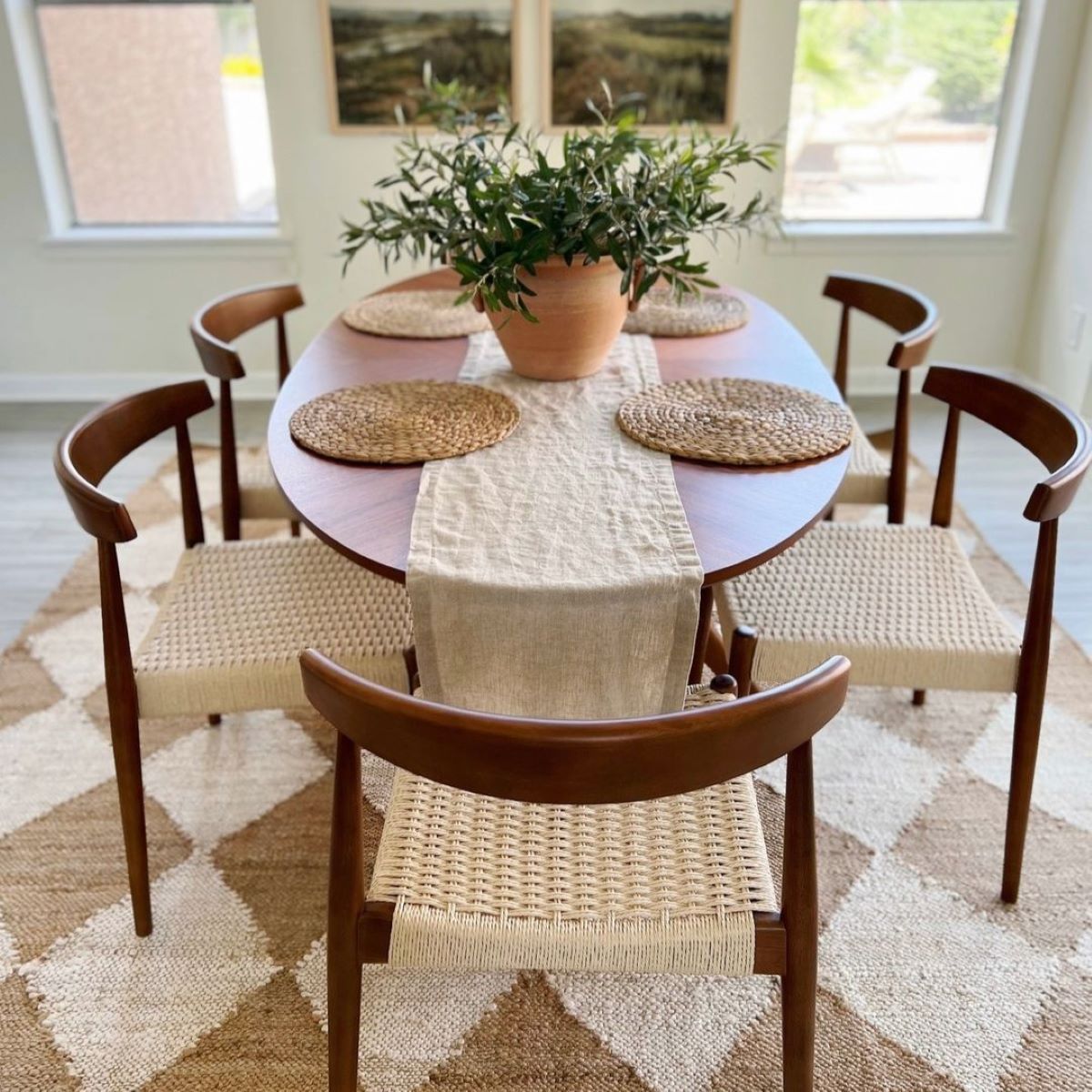
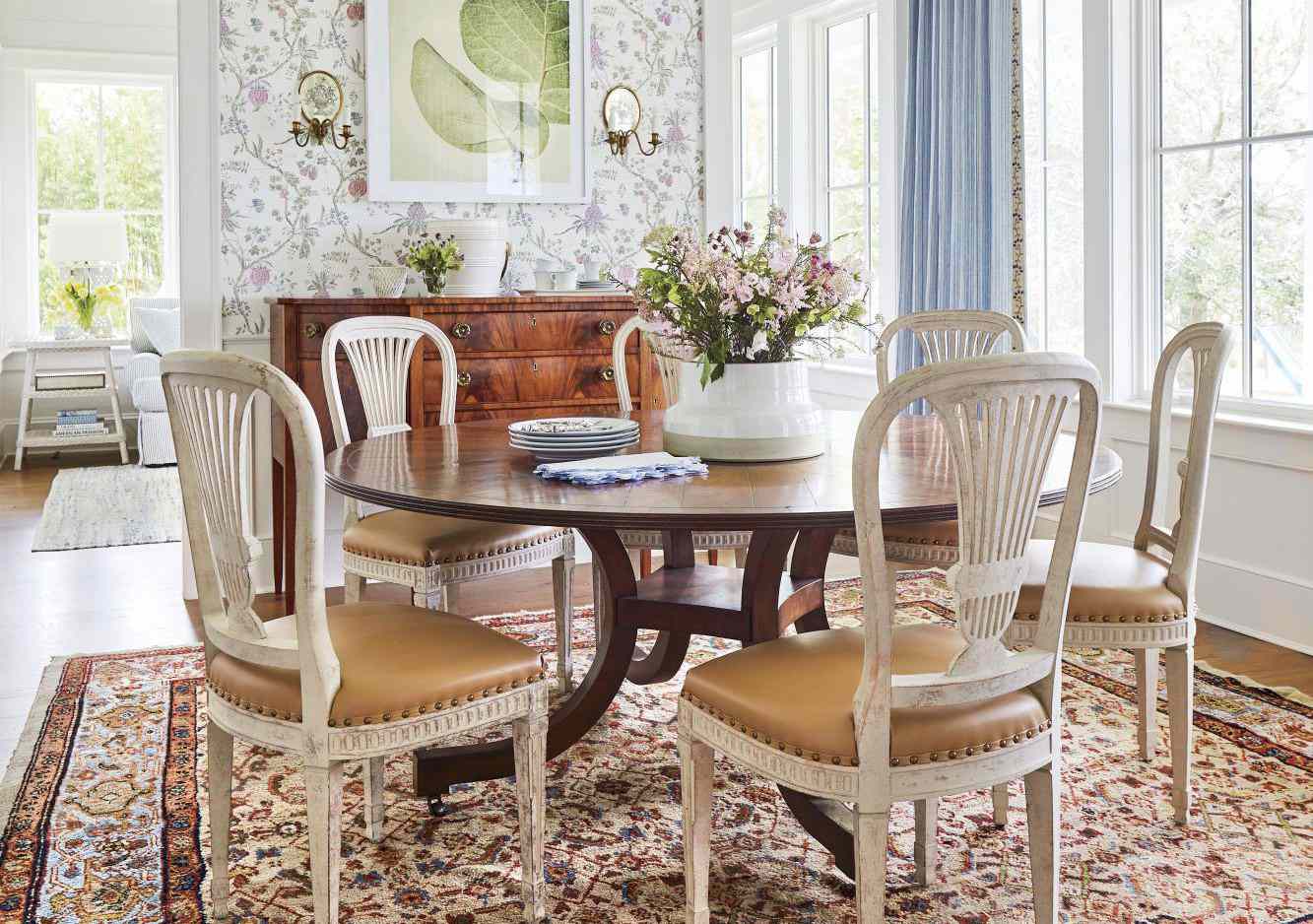
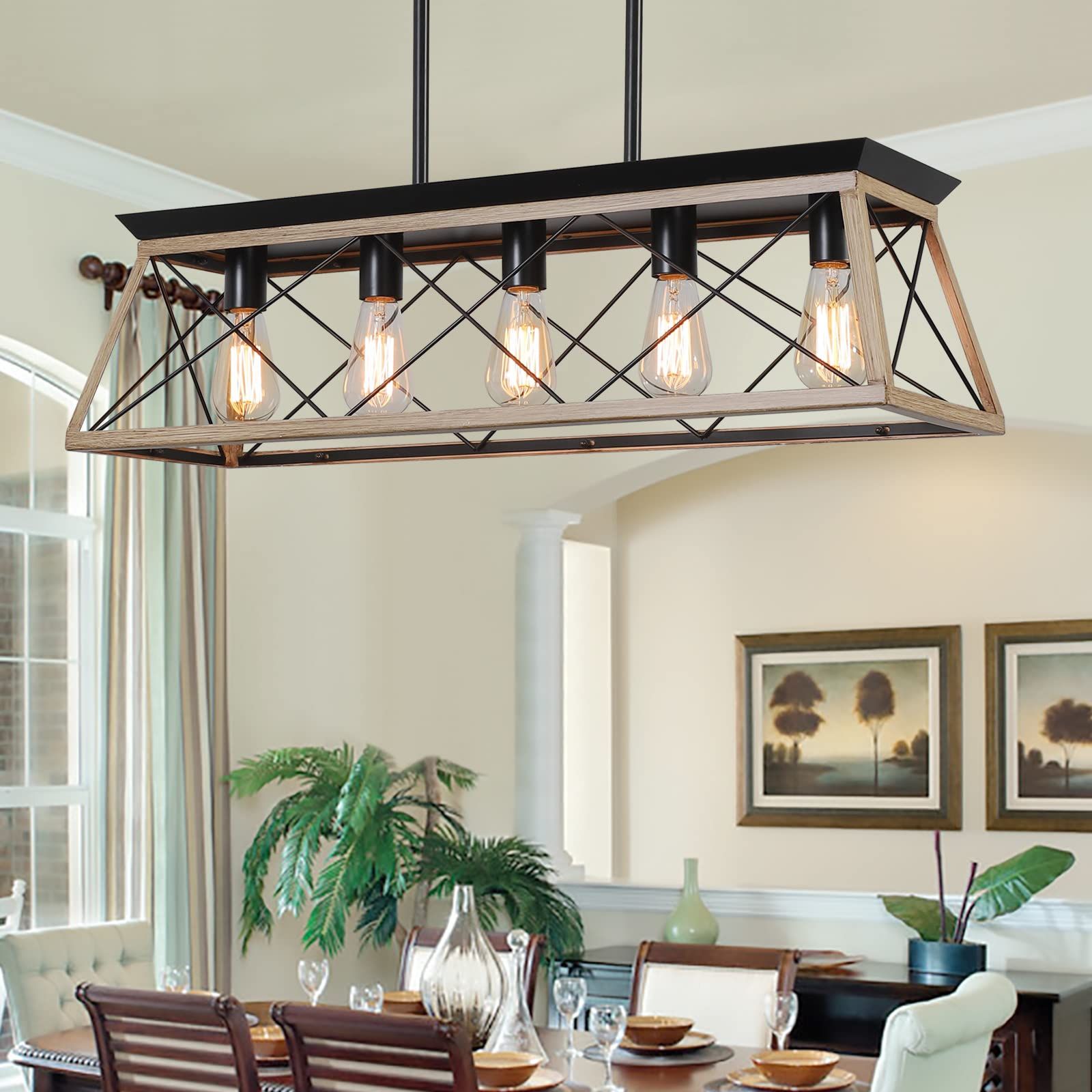
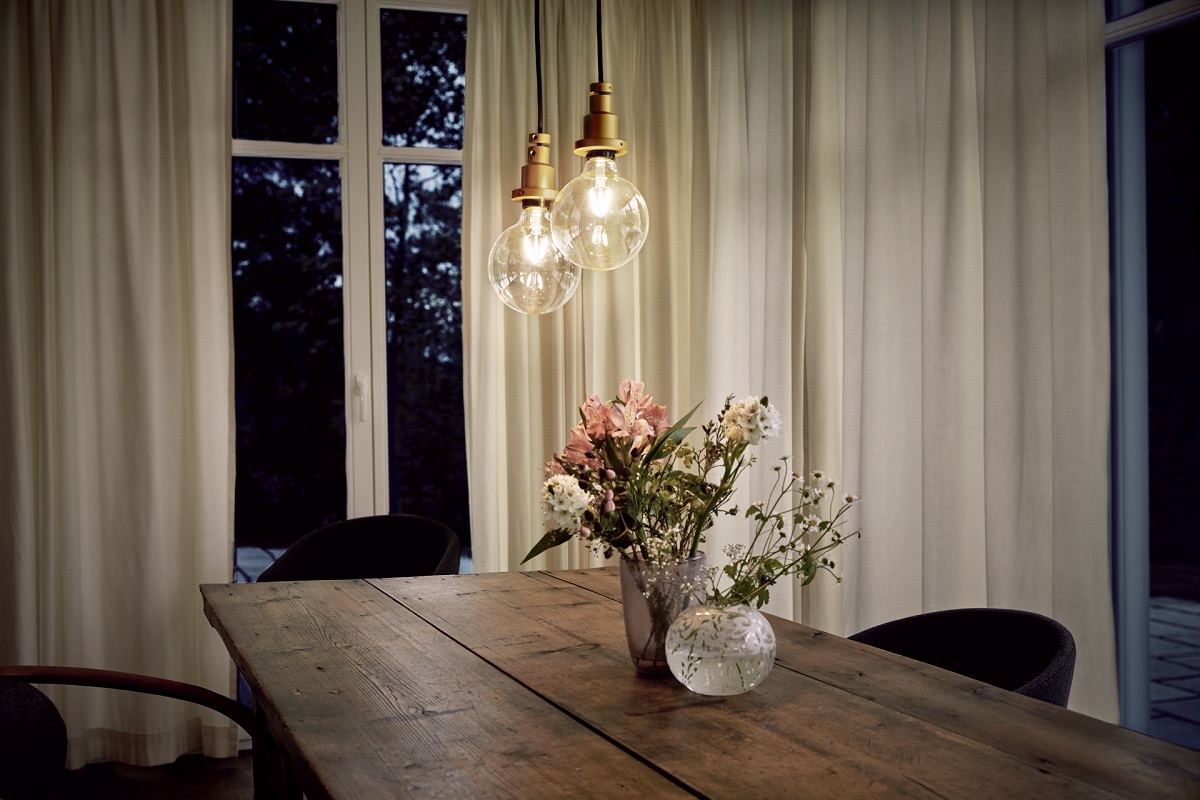
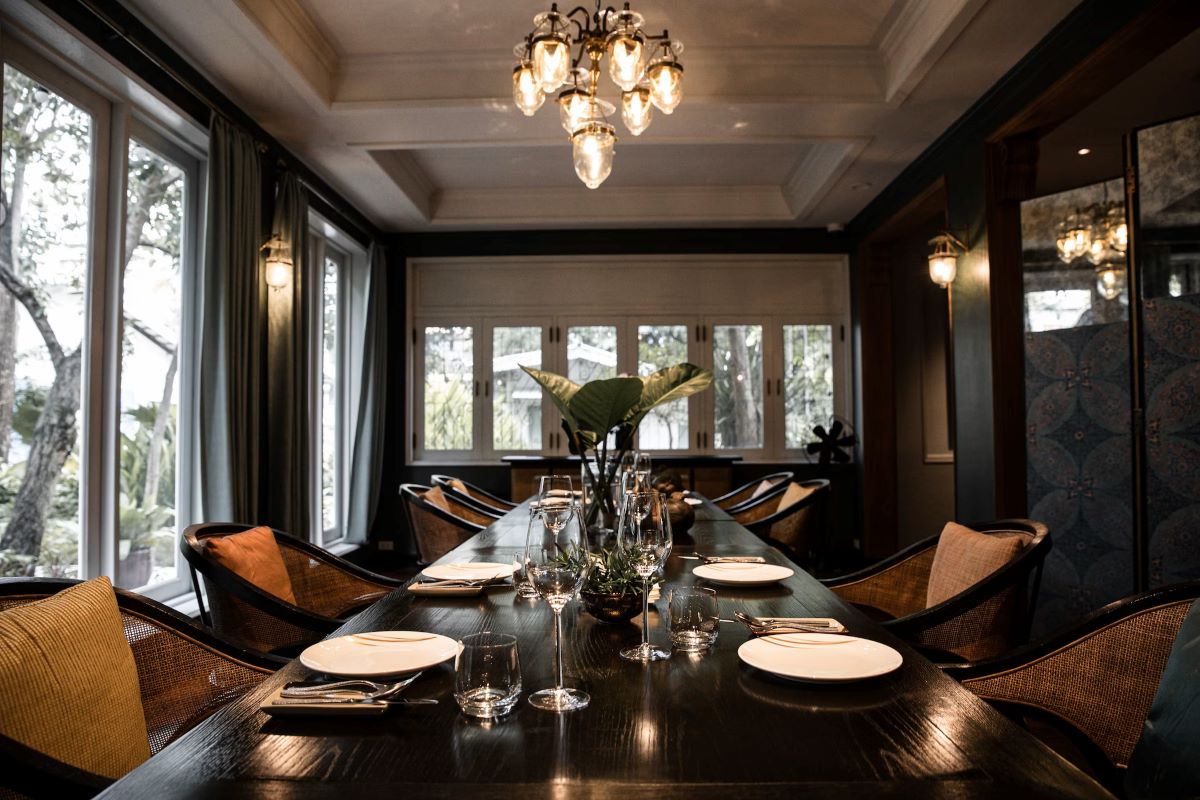
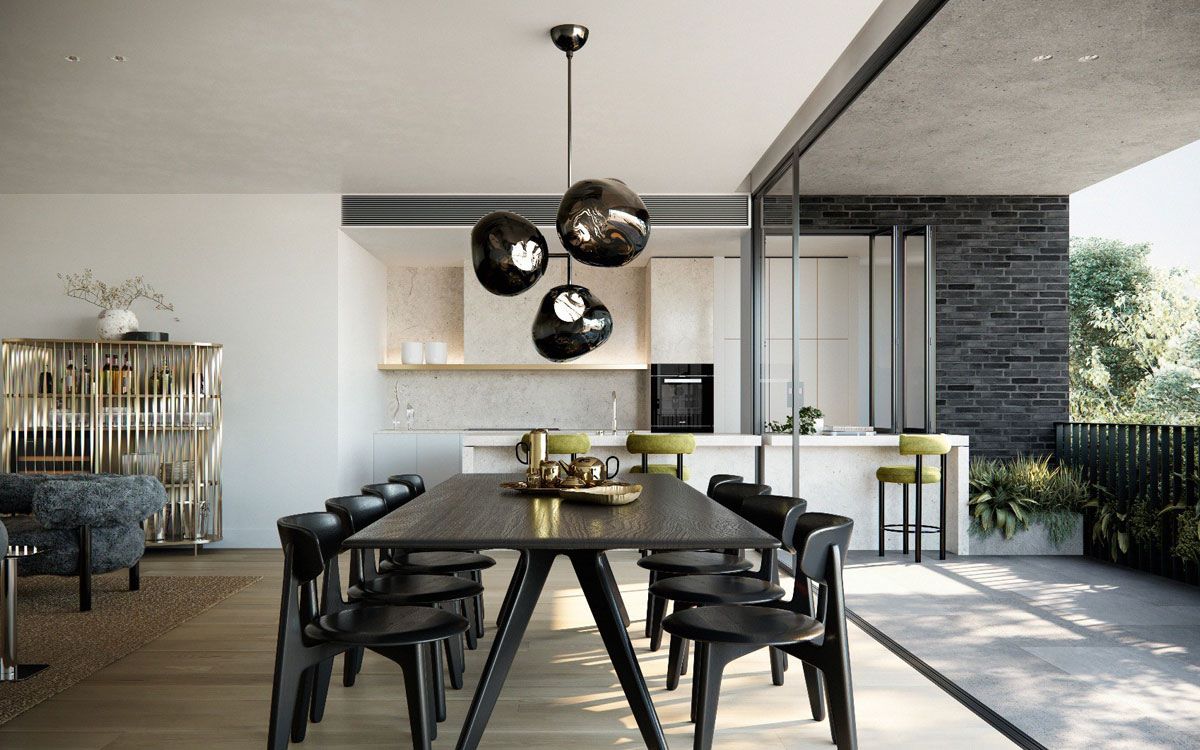
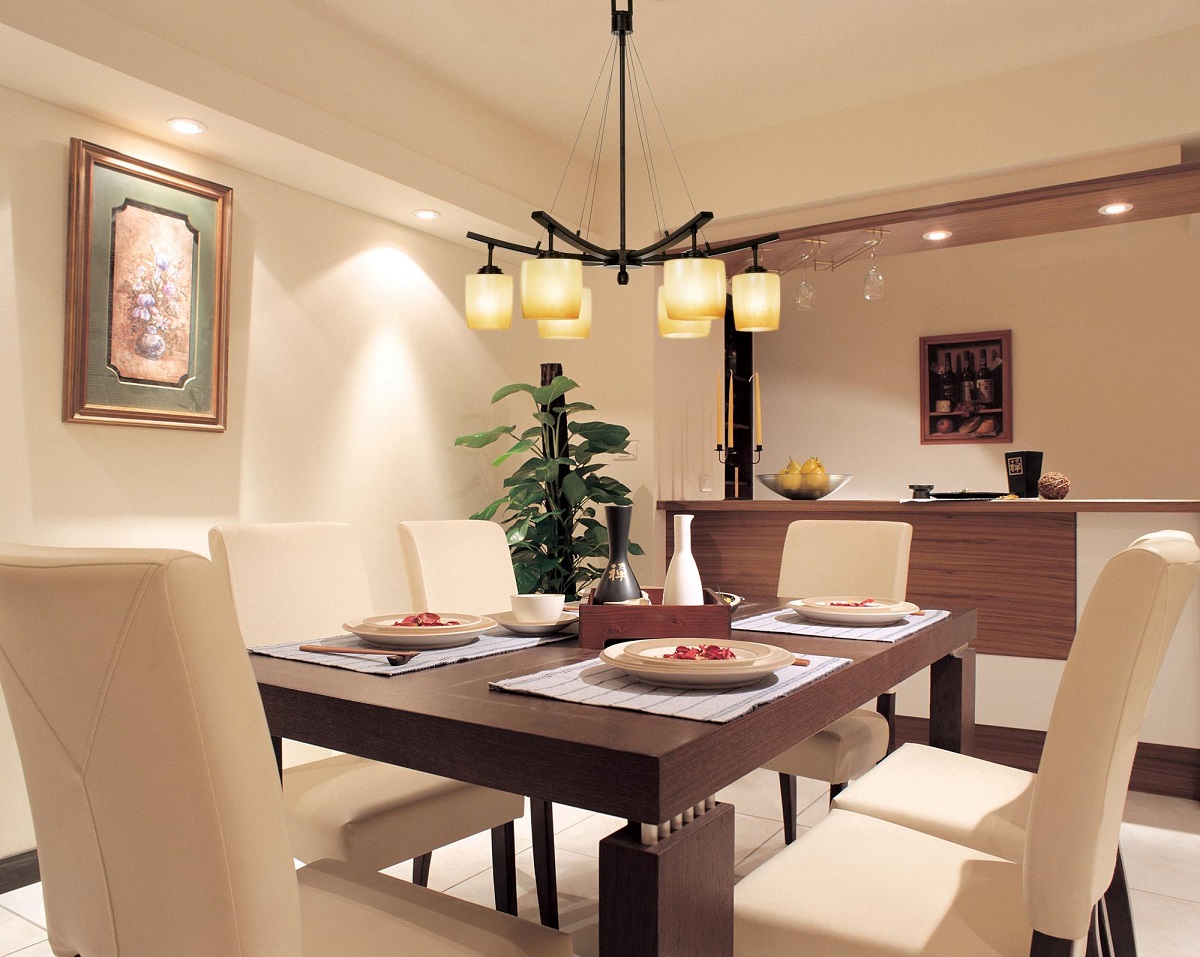
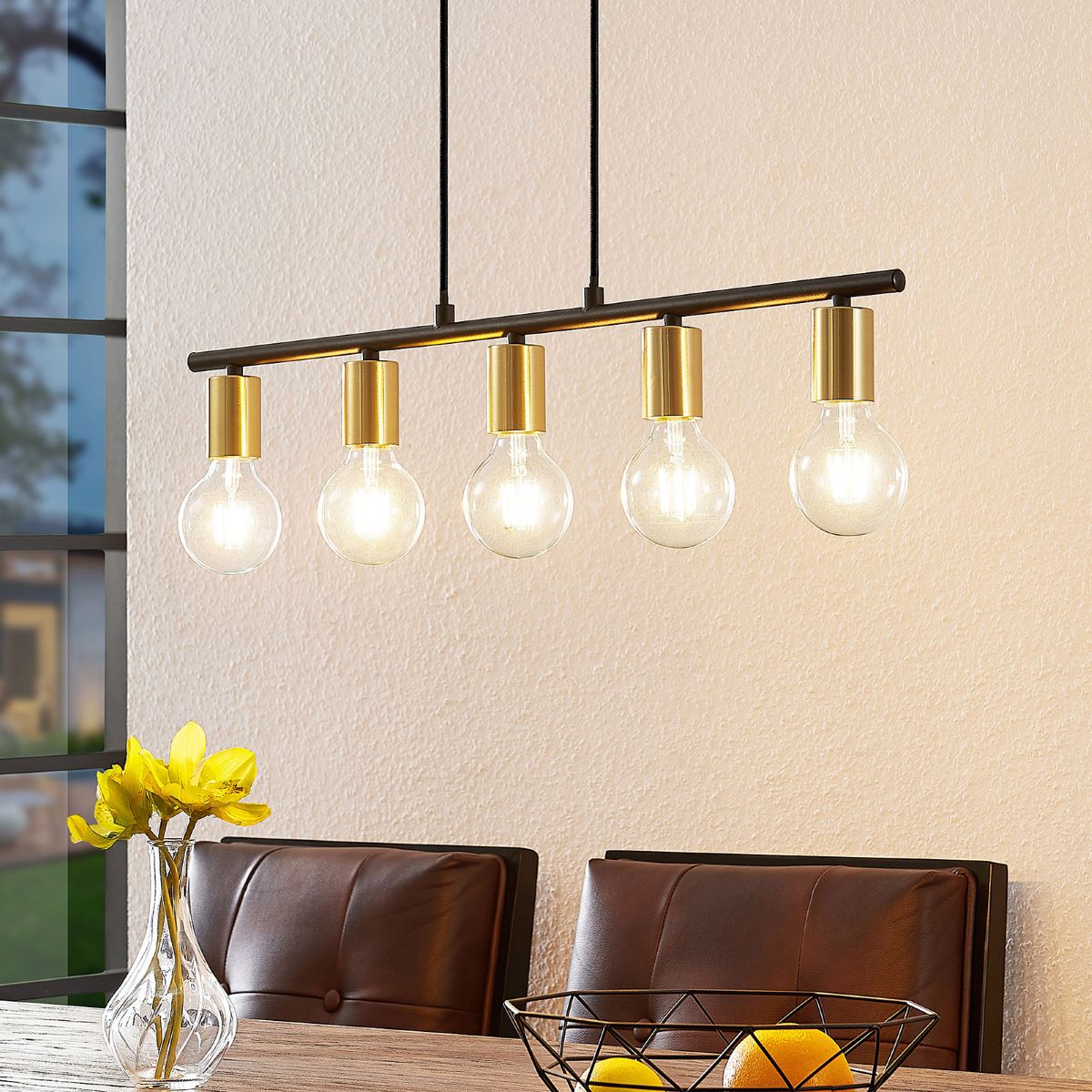
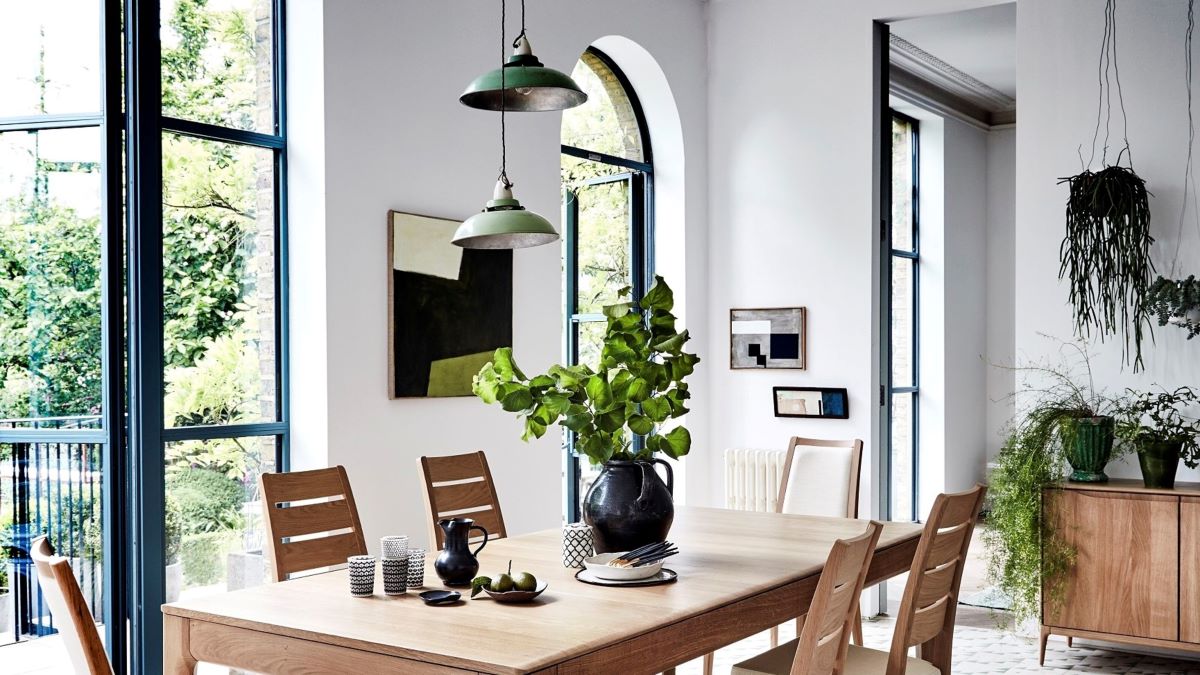
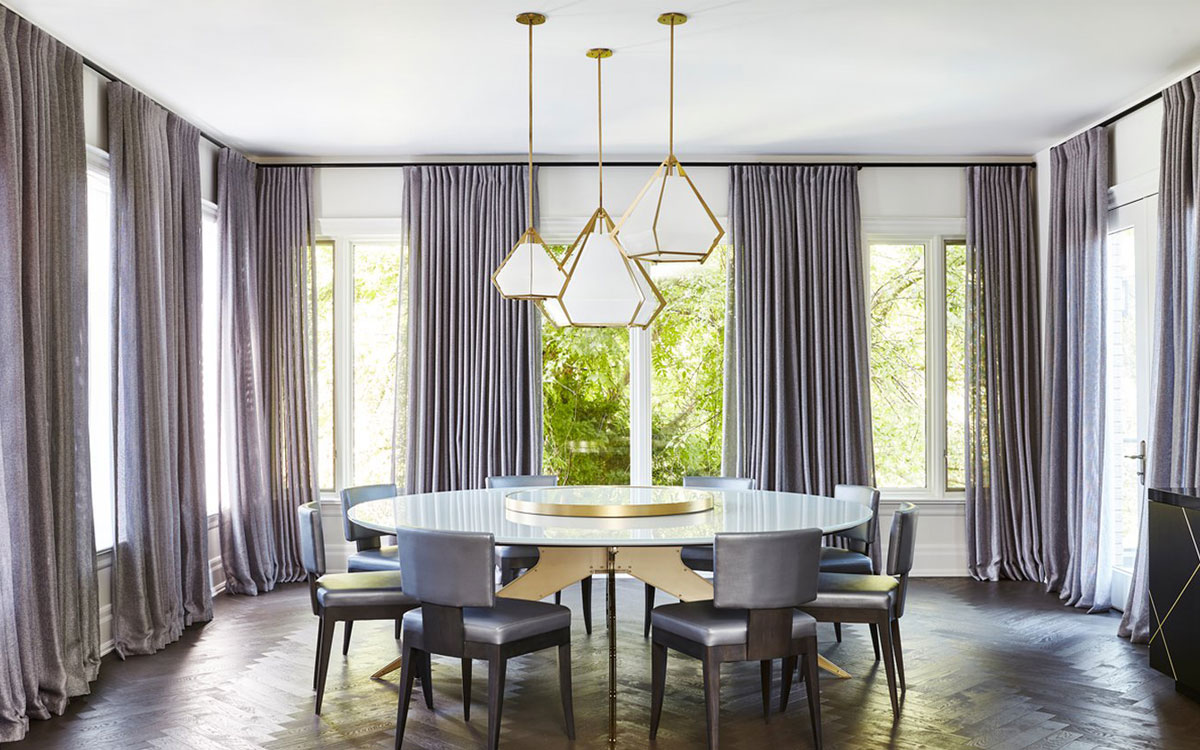

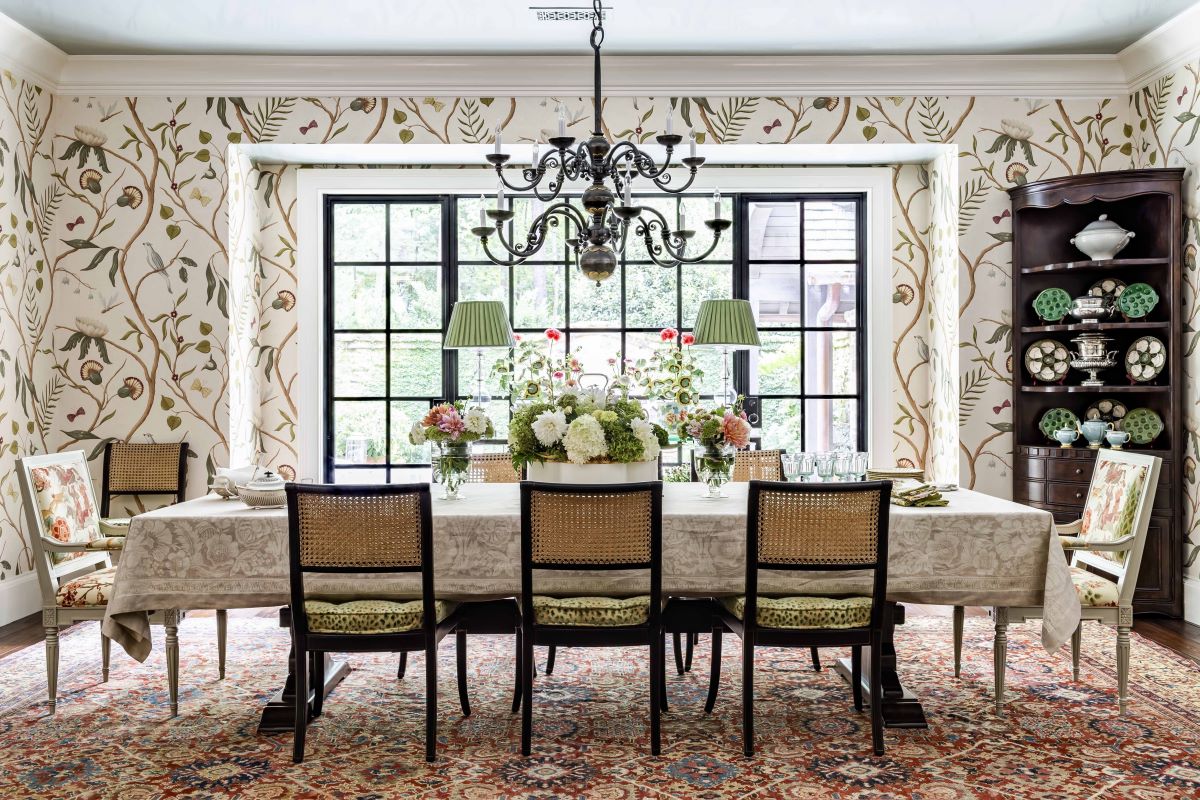
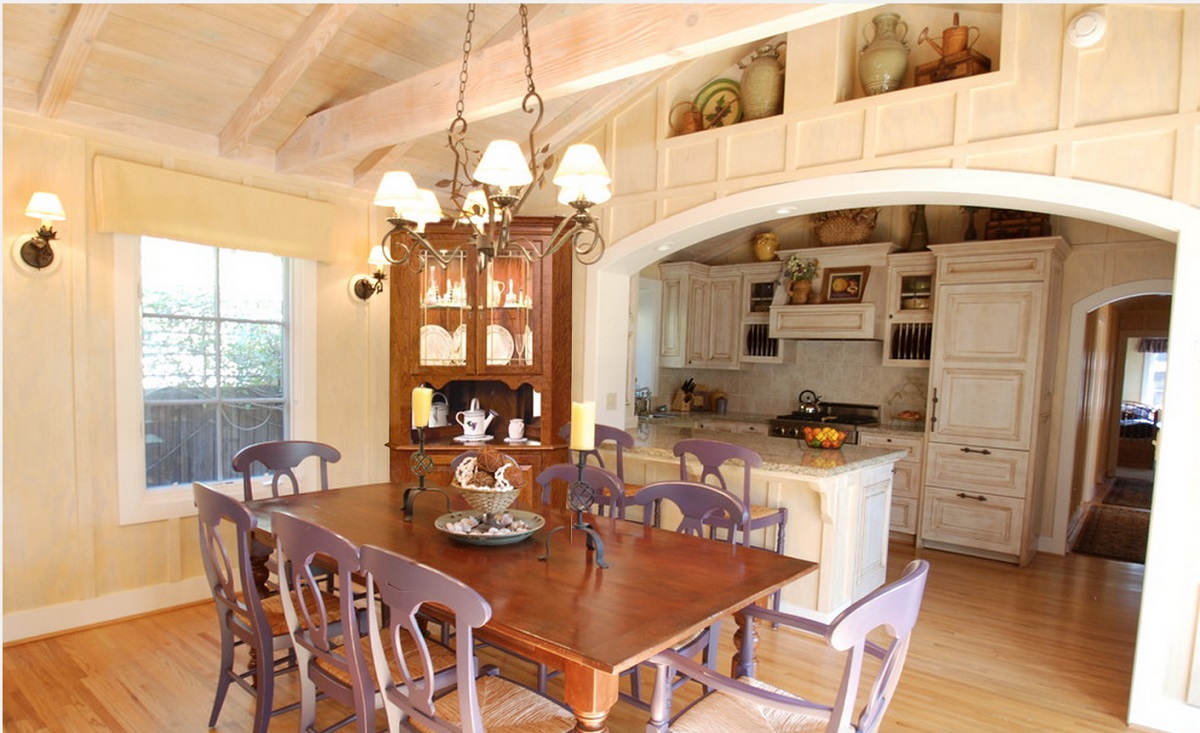


0 thoughts on “How To Light A Dining Room”